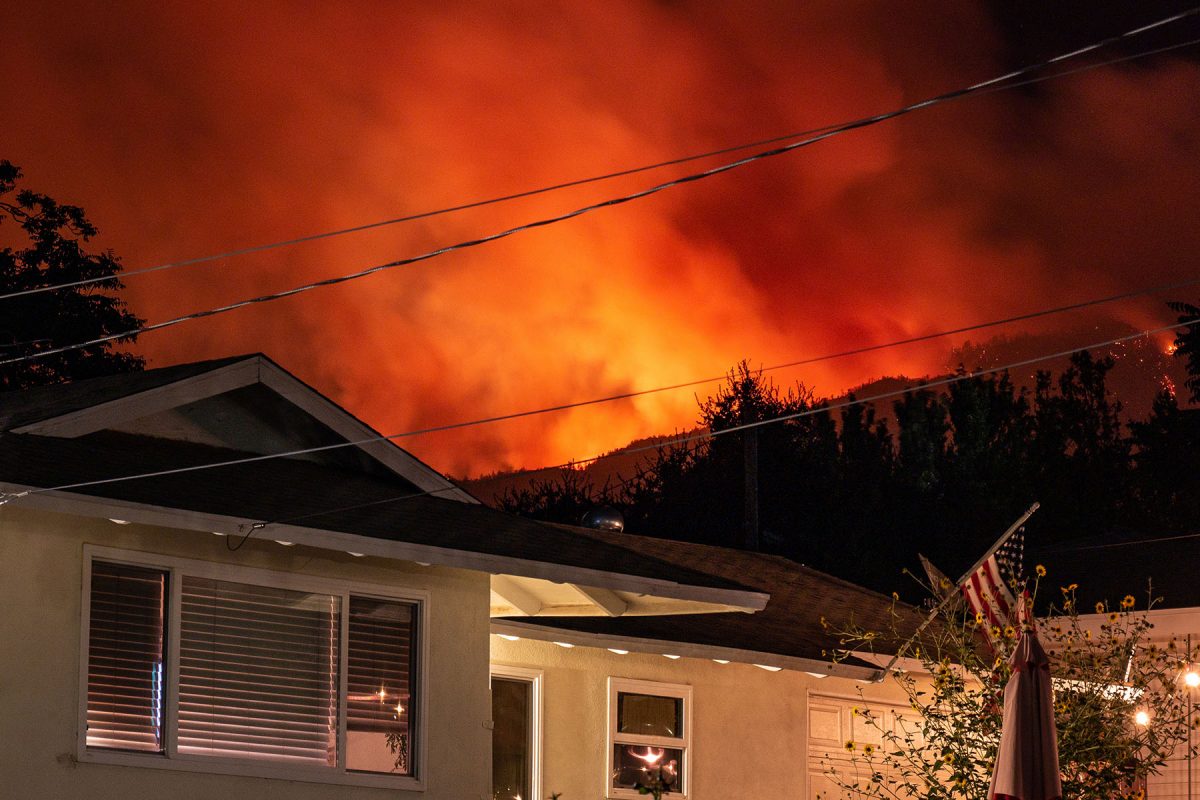
A research project in Florida State University’s Department of Geography has been accepted into the National Artificial Intelligence Research Resource Pilot Start-up program. The project is focused on developing a predictive model to forecast fire frequency and severity in California.
The NAIRR Pilot Start-up program connects researchers and educators to computational, data and training resources essential for advancing AI research and applications. It is led by the National Science Foundation in partnership with 12 other federal agencies and 26 non-governmental partners.
“The main resource from the NAIRR is the Graphics Processing Unit (GPU), which is necessary to train any foundation model,” said Ziqi Li, assistant professor of the Spatial Data Science Center and the Department of Geography.

Foundation models are a form of generative AI which learn from data sets and apply that knowledge to produce new information. The research project, “Advancing Foundation Models to Predict Future Fires in California,” is led by Liling Chang and Li, assistant professors in the Department of Geography, who are developing a foundation model that examines the history of fires in California to predict when and where future fires may occur and how severe they might be.
“Fires in those ecosystems are very important,” said Chang. “Ecosystems co-evolve with fire, and fires play an important feedback role onto these ecosystems.”
Predicting when and where fires will occur helps fire management organizations reduce catastrophic events and understand the impact of fire management on various ecosystems.
“Our main goal would be to generate the future time series, spatial maps and severity mosaics of fires in California by the end of the century,” Chang said.
The project also examines how climates and ecosystems affect fires. While California fires are heavily researched and tracked, there has been limited investigation into the regional differences that shape fire behavior.
“If we think about text, the structure of English will be very different from the structure of Chinese,” Li said. “So, in a geographic context, for one region, the model may learn a certain pattern, and for another region, the model will learn another pattern. We want to consider the regional and local differences in making a more accurate fire prediction model, which is often ignored in existing works.”

The fire prediction foundation model will be able to process the history of different regions and climates to predict future fires in locations outside of California.
“After we derive the relationship among climate, ignition sources, and ecosystem characteristics, and account for geography, this relationship can be transferred to the southeastern part of the U.S, like Florida, and we can better predict fire dynamics and help prepare communities here,” Chang said.
The team has also received additional computing support through the NVIDIA Academic Grant Program, which awards them 10,000 graphic processing unit hours on NVIDIA’s world-leading Brev AI platform to continue developing their foundation model.
To learn more about FSU’s College of Social Sciences and Public Policy and the Department of Geography, visit cosspp.fsu.edu.




